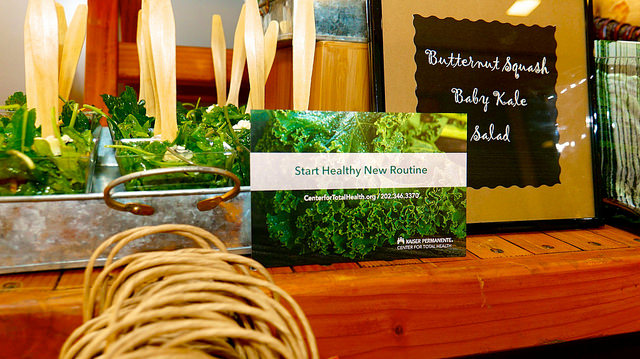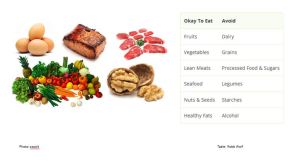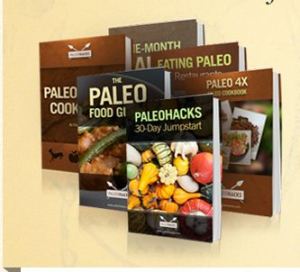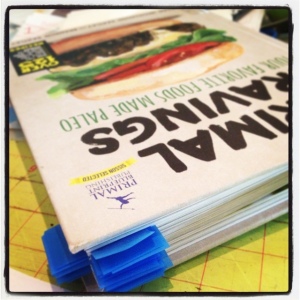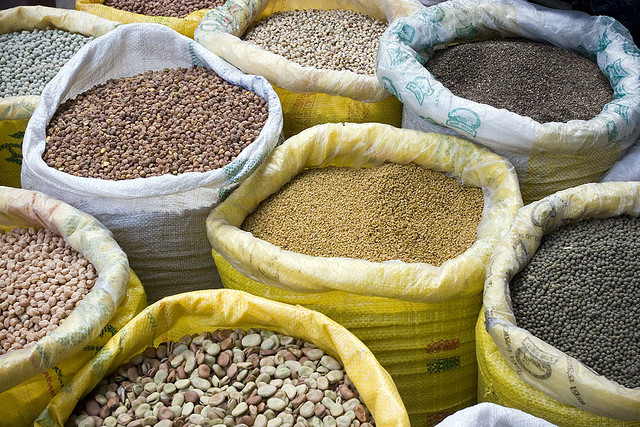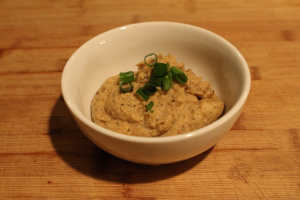Transitioning To The Paleo Diet
Transitioning to a new diet is never easy and this can also be said of the recently popularized Paleo Diet. Also known as the “caveman” diet, the program is named for the eating practices of the paleolithic humans that lived more than 10,000 years ago. The premise of the Paleo diet is that the dietary needs of the humans from the Paleolithic era have carried over to modern times due to the species not changing significantly genetically, thus not having dramatically different dietary needs. By cooking and consuming easy Paleo meals and using the best Paleo recipes you can take advantage of this simple fact.
What to Expect During The Paleo Diet Transition
Before jumping straight into a new diet you have to familiarize yourself with what to expect by reviewing Paleo food lists available like the one here. Once you’re comfortable with what to and what not to eat, then you’ll be able to plan what easy Paleo meals you’ll be eating to avoid falling off the wagon. Additionally, gaining access to Paleo meal plans or purchase a Paleo cookbook to assist with identifying what meals to eat until you get comfortable with eating paleo.
The Paleo Diet is an interesting diet that consists of several main factors. First, you’ll be eating more meat; roughly 19-35% of your diet will consist of meat protein. This is due to the fact that primitive humans ate more meat due to their hunting habits. It is recommended that this facet of the diet consist of lean meats that are grass-fed. Eating Paleo will also allow you to naturally avoid unhealthy trans fats by eliminating processed foods from your diet and using the best Paleo recipes to prepare your easy paleo meals.
In addition to increasing your protein intake via meat & eggs; you’ll also be eating fewer simple carbohydrates and higher doses of fiber. Keep in mind that the carbs in your easy paleo meals won’t come from dairy products and that the fiber will not come from grains. Instead by incorporating more whole fruit, vegetables into your easy paleo meals and decreasing the starchy items will fulfill your carbohydrate and fiber needs.
Speaking of what you won’t be eating, you’ll also be avoiding processed oils, refined sugar, salt, alcohol, coffee, and legumes such as beans and peas. This is because our ancestors were incapable of producing most of these forms of food. As such, choosing and adhering to the best paleo recipes is critical, as doing so will naturally replace the items that are not Paleo approved.
Using the Best Paleo Recipes to Create Meals
When you begin to transition to consistently eating easy paleo meals you’ll probably notice a few changes with your body. Changing your diet is never a completely smooth process that’s easy on you, but in this case it shouldn’t be a drastic problem either. One early symptom that you may experience as a result of the transition is the “low-carb flu.” This is a condition in which you may feel tired or that you have “brain fog.” This is because your body is primarily used to burning carbs for energy and it will take time to adapt to burning fats instead.
Another factor that can contribute to discomfort early on in the Paleo Diet is the fact that many people are afraid of eating too many fats. Without the fats to replace the carbs people increase their lack of energy and feel worse. The solution to this problem; and a way to fight the “low-carb flu” is to assure that you’re eating enough healthy fats such as monsaturated, polysaturated, and omega-3 fats, which you’ll find as you increase use of healthy fats in your easy paleo meals. Using and adhering to the best paleo recipes will help naturally increase the healthy fats in your diet via the ingredients outlined in your chosen paleo recipes.
The Detox Phase
Another early stage in the transition to Paleo Diet is the detox phase. This is the phase in which you begin to lose fat, which creates the paleo weight loss effect. In doing so, the body purges many toxins from your body.
The issue here is that when this purge happens toxins are released into your bloodstream for a short period of time. While this isn’t a major health risk it can lead to feelings of discomfort and irritability among those just getting into the Paleo Diet.
During this period your liver will be under a lot of stress because it will be processing and removing many of these toxins. While drinking alcohol isn’t a part of the Paleo Diet it must be stressed that you want to take extra care not to over burden your liver during this phase. Make sure you’re drinking plenty of water to help it along and if you need to take supplements like ox bile enzymes to make the fats more digestible, feel free to do so.
Understanding Your Cravings
As you get used to the Paleo Diet routine you may begin to feel cravings for certain foods, particularly sweets since you’re not eating them anymore. Instead of turning to alternatives like sugarless gum or diet soda, you should go for more healthy options such as herbal tea. The reason for this is that you want to train your body to give up its dependency on sweets so you don’t want to keep it hooked with items that contain artificial sweeteners.
Another thing to consider is the fact that during this period you may have cravings for items that contain specific nutrients. For example, a craving for chocolate may not simply be a craving for sweets; it could be a craving for magnesium which is found in chocolate. To deal with this issue, make sure you are taking a good multi-vitamin so that all of your body’s vitamin and nutrient needs are covered and using the best paleo recipes to prepare your meals.
Overcoming Setbacks
The biggest challenge when it comes to cooking easy Paleo meals with the best Paleo recipes is how to deal with your setbacks. As a human you will make mistakes and slip up from time to time. The key is to remember that one mistake does not mean you failed the diet. Live in the moment and take each day at a time. Always do your best to stick to the diet and let your mistakes motivate you to do better.

